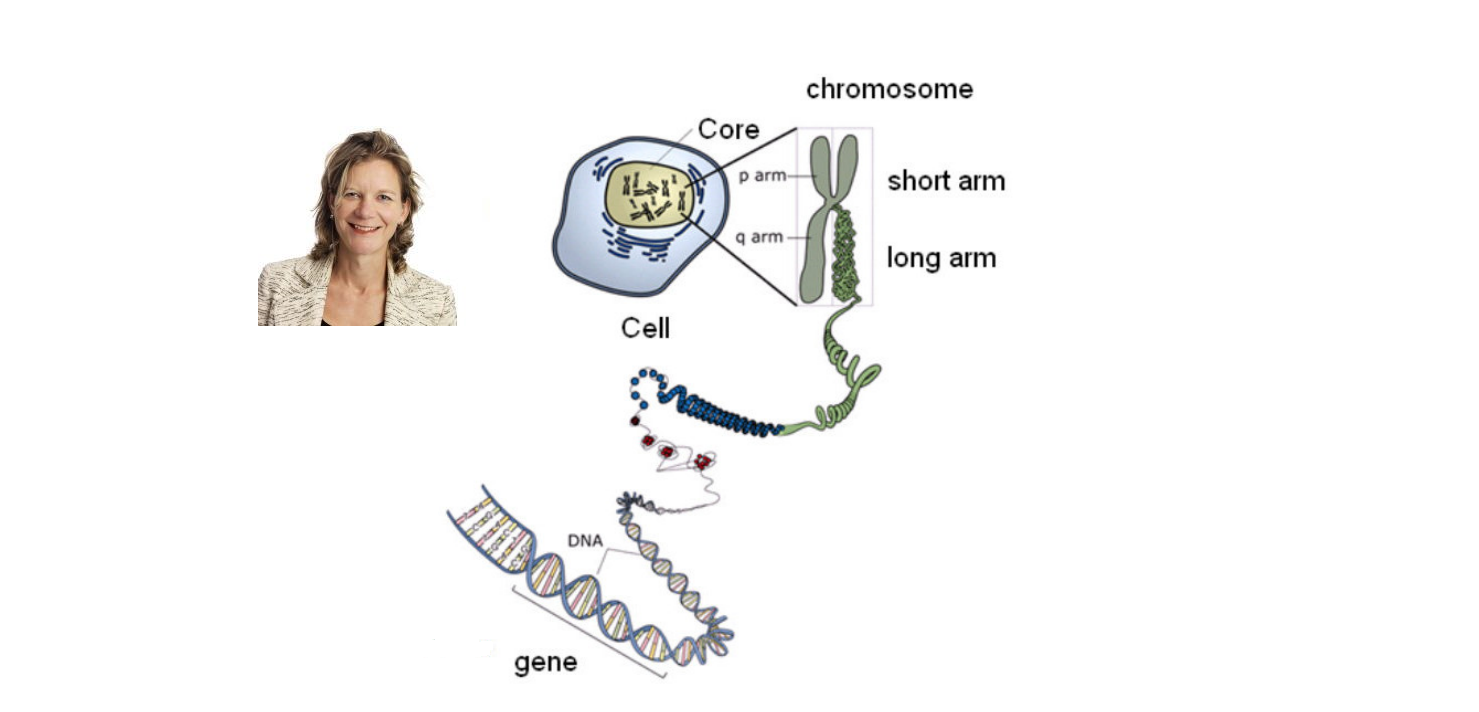History and Prevalence of Kleefstra Syndrome
Prevalence
There are not yet reliable figures stating how many people have Kleefstra syndrome. However, a good prediction can be made based on the prevalence of other genetic syndromes associated with intellectual disability; it is estimated that as many as 1,200,000 individuals are affected by Kleefstra syndrome. This number is likely to be much higher due to a large amount of people remaining undiagnosed.
History
Kleefstra syndrome is named after Dutch clinical geneticist Dr Tjitske Kleefstra.
Before being officially given the name Kleefstra syndrome there were a number of different names associated with this chromosomal deletion;
- 9q34.3 deletion syndrome
- 9q34.3 microdeletion syndrome
- 9q subtelomeric deletion syndrome
- 9q- syndrome
- Chromosome 9q deletion syndrome
Dr Kleefstra
Dr Kleefstra was passionate about searching for the causes of many medical disorders, in particular those associated with intellectual disability.
Whilst researching, she came across a female who had a particular chromosome disorder, resulting in a balanced translocation (rearrangement of parts) between chromosomes 9 and X. This translocation caused a disruption of the EHMT1 gene. This individual also had similar clinical similarities to 9q34.3 deletion syndrome.
Dr Kleefstra then conducted a DNA test and found disturbances of only the EHMT1 gene – a major gene within 9q34.3 deletion syndrome. This work therefore led to 9q34.3 deletion syndrome becoming known as Kleefstra Syndrome.
For further information about the genetics of Kleefstra syndrome, click here.
The information on this website was developed in collaboration with www.kleefstrasyndrome.org. This is the parental support group for Kleefstra, a well-developed community with an active facebook group and parent support conference. Please visit their website for further information and to get in touch with families of individuals with Kleefstra syndrome.




